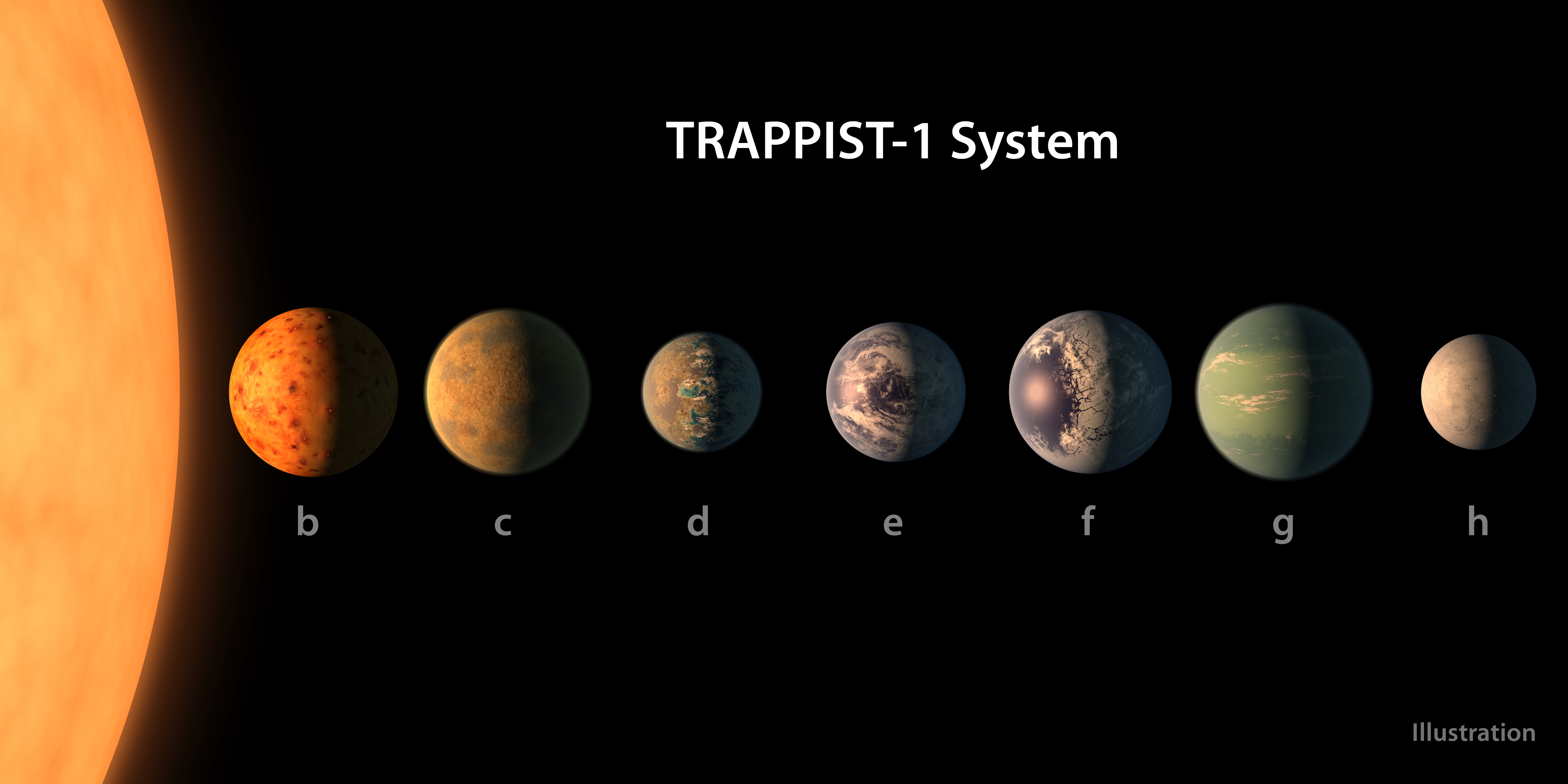TRAPPIST-1
American life feels engulfed by politics. Family gatherings, friendly conversations, the bifurcated news cycle, and even escapist forms of entertainment are dominated by the Donald Trump presidency. It’s overwhelming. It’s polarizing. It’s seemingly impossible to escape. Yet this week one extraordinary story managed to break through the news cycle and inspire new conversation: the discovery of TRAPPIST-1.
TRAPPIST-1 is a dwarf star located 39 light years (approx. 234 trillion mi.) away from Earth. Sounds far. But consider that our closest galaxy – the Canis Major Dwarf Galaxy – is 25,000 light years away. TRAPPIST-1 then is the cosmic equivalent of our next-door neighbor! To think about it another way, if you traveled to TRAPPIST-1, it’s plausible that you could reach it within your lifetime!
Why would I travel to TRAPPIST-1? That’s most remarkable part of the discovery: NASA’s Spitzer Space Telescope revealed “the first known system of seven Earth-size planets around a single star,” (Chou, Potter, Landau). Seven potentially habitable planets! While all seven planets could have liquid water under the right atmospheric conditions, three of the planets orbit within what’s called “the habitable zone,” or the area around a star in which a rocky planet is most likely to have liquid water.
How do we know that the TRAPPIST-1 planets are rocky? Scientists used the Spitzer telescope’s data to measure the planets’ mass and volume, which they then used to calculate the planets’ densities (mass/volume=density). Based on those findings, all of the TRAPPIST-1 planets are thought to be rocky.
Based on the Spitzer discovery, NASA’s Hubble Space Telescope has started to screen four of the seven planets, including the three planets in the habitable zone. These screenings aim to assess the planets’ atmospheres and detect “the presence of puffy, hydrogen-dominated atmospheres, typical for gaseous worlds like Neptune.” Moreover, NASA’s Kepler space telescope is studying TRAPPIST-1, which will “allow astronomers to refine the properties of the known planets, as well as search for additional planets in the system,” (Chou, Potter, Landau). The Kepler study is expected to conclude in March and will be made available to the public. These three telescopes will work in concert to refine astronomers’ understanding of the planetary properties of the TRAPPIST-1 system:
“Spitzer, Hubble, and Kepler will help astronomers plan for follow-up studies using NASA’s upcoming James Webb Space Telescope, launching in 2018. With much greater sensitivity, Webb will be able to detect the chemical fingerprints of water, methane, oxygen, ozone, and other components of a planet’s atmosphere. Webb also will analyze planets’ temperatures and surface pressures – key factors in assessing their habitability,” (Chou, Potter, Landau).
What an exciting time to be alive! The TRAPPIST-1 discovery can alter our perspective on what’s going on in the world and inspire us to look forward to the future. For more information, visit www.nasa.gov.


No Comments